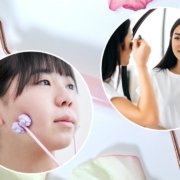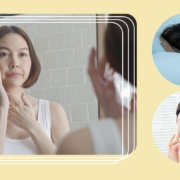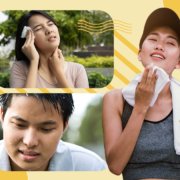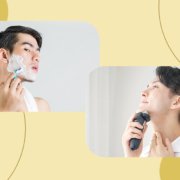Why Is Your Hair Turning White?
Why is your hair already turning white?
It’s not uncommon for your hair to change as you get older. As a younger person, maybe you had a full head of brown, black, red, or blonde hair. Now that you’re olPreview (opens in a new tab)der, you may notice thinning in certain areas of your head, or your hair may change from its original color to gray or white.
Your body has hair follicles, which are small sacs that line skin cells. Hair follicles have pigment cells known as melanin. These cells give your hair its color. But over time, hair follicles can lose pigment, resulting in white hair.
What causes white hair at a young age?
White hair is more noticeable in people with darker hair color. Although white hair is characteristic of aging, colorless hair strands can appear at any age — even while you’re still in high school or college. If you’re a teenager or in your 20s, you might find one or more strands of white hair.
There could be ways to restore pigmentation, but it depends on the cause. Here are common causes of prematurely white hair.
1. Genetics
Your makeup plays a big role in when (or if) you develop white hair. If you notice white hair at an early age, it’s likely that your parents or grandparents also had graying or white hair at an early age.
You can’t change genetics. But if you don’t like the way your gray hair looks, you can always color your hair.
2. Stress
Everyone deals with stress from time to time. The consequences of chronic stress can include:
- Sleep problems
- Anxiety
- Change in appetite
- High-blood pressure
Stress can also affect your hair. A recent study found a connection between stress and the depletion of stem cells in the hair follicles of mice. So if you’ve noticed a rise in your number of white strands, stress might be the culprit. This theory might also explain why some world leaders appear to age or gray faster while in office.
3. Autoimmune disease
An autoimmune disease can also cause premature white hair. This is when the body’s immune system attacks its own cells. In the case of alopecia and vitiligo, the immune system can attack hair and cause loss of pigment.
4. Smoking
There’s also a link between premature white hair and smoking. One study Trusted Source of 107 subjects found a connection between the “onset of gray hair before the age of 30 and cigarette smoking.”
It’s well-known that smoking cigarettes increase the risk of lung cancer and heart disease. The long-term effects, however, can go beyond the heart and lungs and affect hair. Smoking constricts blood vessels, which can reduce blood flow to hair follicles and cause hair loss. Additionally, toxins in cigarettes can damage parts of your body including your hair follicles, causing early white hair.
5. Thyroid disorder
Hormonal changes caused by a thyroid problem — such as hyperthyroidism or hypothyroidism — may also be responsible for premature white hair. The thyroid is a butterfly-shaped gland located at the base of your neck. It helps control many bodily functions such as metabolism. The health of your thyroid can also influence the color of your hair. An overactive or underactive thyroid can cause your body to produce less melanin.
6. Vitamin B-12 deficiency
White hair at an early age can also indicate a vitamin B-12 deficiency. This vitamin plays an important role in your body. It gives you energy, plus it contributes to healthy hair growth and hair color.
A vitamin B-12 deficiency is associated with a condition called pernicious anemia, which is when your body can’t absorb enough of this vitamin. Your body needs vitamin B-12 for healthy red blood cells, which carry oxygen to cells in your body, including hair cells. A deficiency can weaken hair cells and affect melanin production.
The ability to reverse or prevent white hair depends on the cause. If the cause is genetics, there isn’t anything you can do to prevent or permanently reverse the color change.
If you suspect a health problem, consult our derma doctor to see if an underlying condition is responsible for white hair.
Call our Patient Care Lines: (+632) 7-368 5238 l (+63) 917 862 7454 l (+63) 921 217 0517 for inquiries, questions, and appointments or talk to our consultants via LiveChat here on our website.






